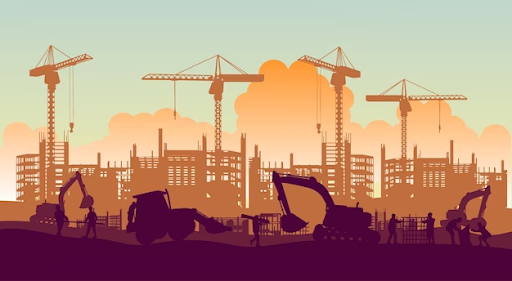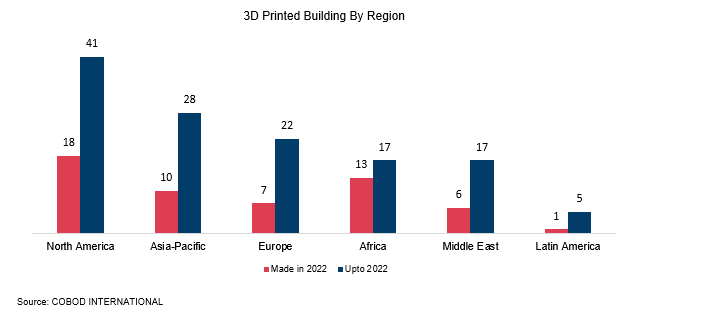Building & Construction, Infrastructure

Building & Construction, Infrastructure sectors include construction of residential and commercial buildings, highways, industrial constructions, bridges, airports, railways, dams, and so on. Market players operating in these sectors are moving towards automation and digitization with the integration of advanced technologies such as IoT, 3D printing, cloud computing, data analytics & AI, robotics, drones, and AR/VR. The industry players are reducing their operational costs and improving productivity using advanced technologies throughout their operations.
The increasing investment in the smart city projects is driving the global building, infrastructure & construction sectors. The prioritization is on sustainable construction practices, including the design and construction of smart cities and green buildings in countries that include China, India, the U.S., along with some Southeast Asian, European and the Middle Eastern countries.
Green Construction Focusing on Sustainability
The building, infrastructure & construction sector is investing in green construction with the focus on sustainability and to counter climate change. Companies are investing in environmentally responsible and resource-efficient structures throughout a building’s life-cycle from siting to design, construction, operation, maintenance, renovation and deconstruction.
According to World Green Building Council, in 2022, approximately 40% of worldwide carbon emissions were attributed to the construction of buildings and their energy needs for successful running. In a report, “Building Green” published by International Finance Corporation in October 2023, stated that about USD 3.5 trillion of investment requirement for green building is attributed to reduce carbon emission by 19.8% by 2035. Countries such as China and India are topping the list of maximum number of green certified buildings; while China topped with 1,121 LEED Certification in 2022.

Emergence of 3D Printing offers Freedom of Design
3D printing or additive manufacturing is the construction of a three-dimensional object from a CAD model or a digital 3D model. It involves a robotic arm that extrudes concrete while moving back and forth. With 3D printing, builder can save time, reduce material waste, cut down human error, and can produce innovative designs for construction.
COBOD International A/S, a Denmark-based world leader in 3D construction printing solutions, has quantified that by the end of 2022, there were 130 3D-printed buildings globally. In 2022 alone, 55 3D-printed buildings (>10 m2/110 ft2 & located outdoors) have been constructed globally. North America led with 18 buildings in 2022.

Smart Cities for Sustainable Living Offering Huge Potential for Building & Construction, Infrastructure
Smart cities is one of the high growth sector for the building, infrastructure & construction industry. It encourages economic growth while focusing on improvement in quality of living. Several countries of the world have drafted plans and policies for the development of smart cities. Top two growing economies of the world, India and China, had plans to build several smart cities across their boundaries. China with over 500 smart cities projects leads the count; whereas India planned 100 smart cities. By FY 2022-23, USD 5.6 billion has been allocated for the smart cities.
Cloud Computing & Analytics Assisting in Efficient Project Planning
Cloud computing has become a critical part of building, infrastructure & construction sector. Cloud computing offers benefits such as real-time visibility of construction, building information modelling (BIM), time saving with accounts payable and accounts receivable, real-time data sharing, and improved data security systems. In addition to that, major market players are adopting spatial analytics solutions such as GIS, drones, to enhance their project planning. These solutions are helpful for asset mapping & monitoring, surveying, and urban planning.
Pre-fabricated and Offsite Construction Helps in Reduced Time & Cost
It includes the construction of building in a controlled plant condition and transporting pre-fabricated parts to desired location for assembling. It helps in saving time, simplifying and accelerating construction process, cost reductions, simpler dismantling and recycling, minimize on-site accidents, and with use of eco-friendly material it benefits the environment as well.
Our consultants at Intent Market Research possess understanding of the evolving building & construction, infrastructure sectors and can provide holistic view on future growth scenarios

